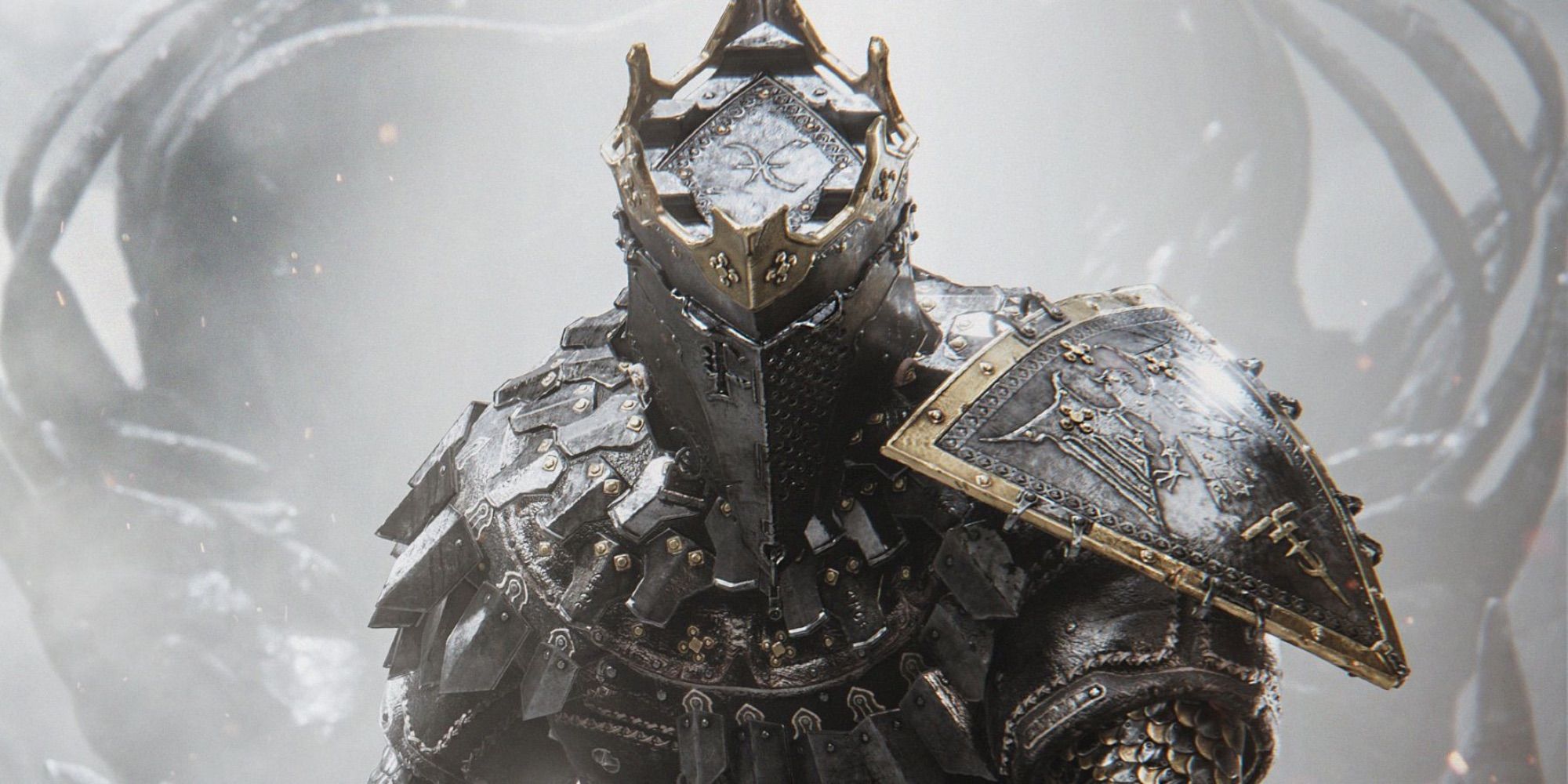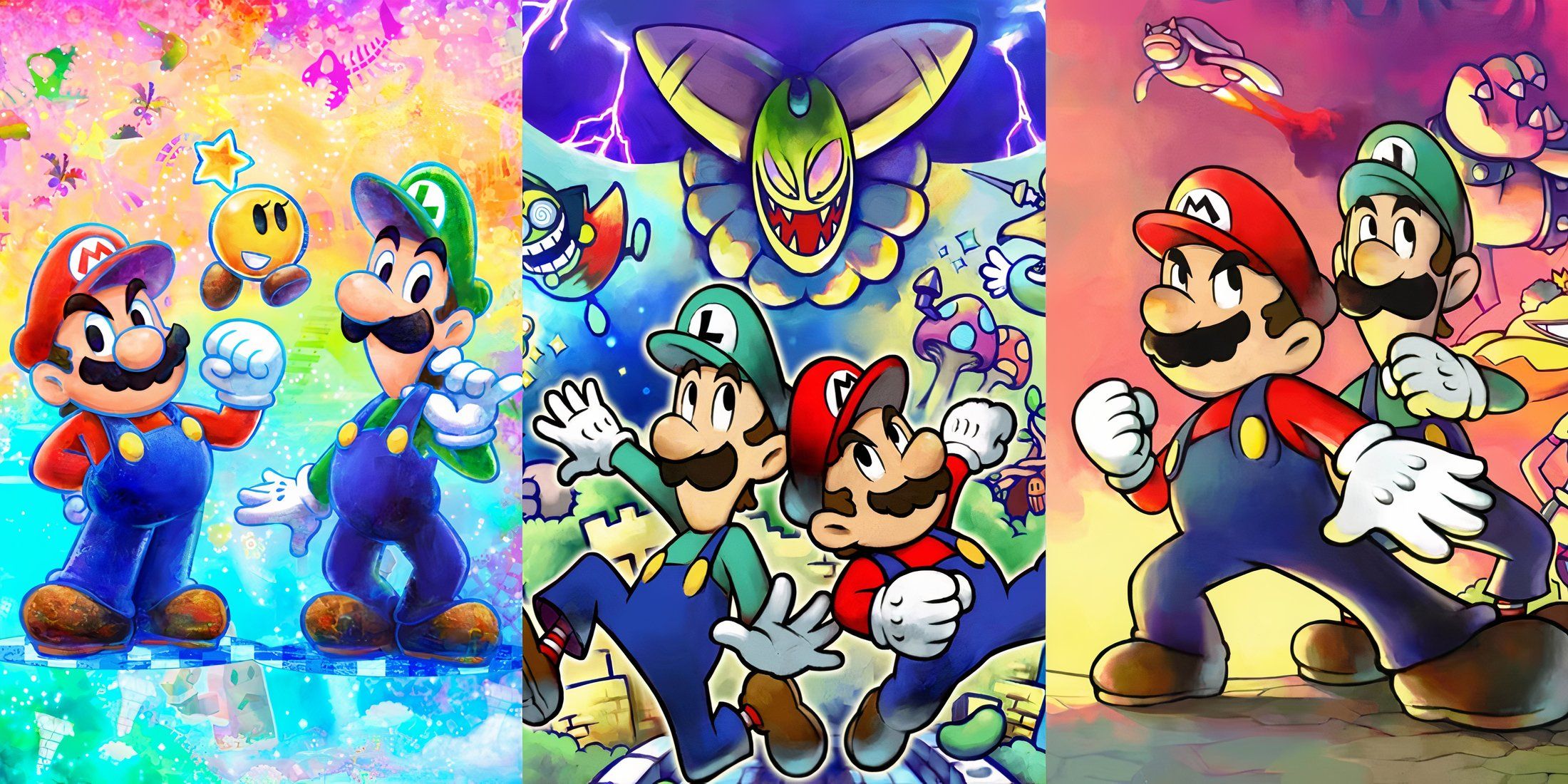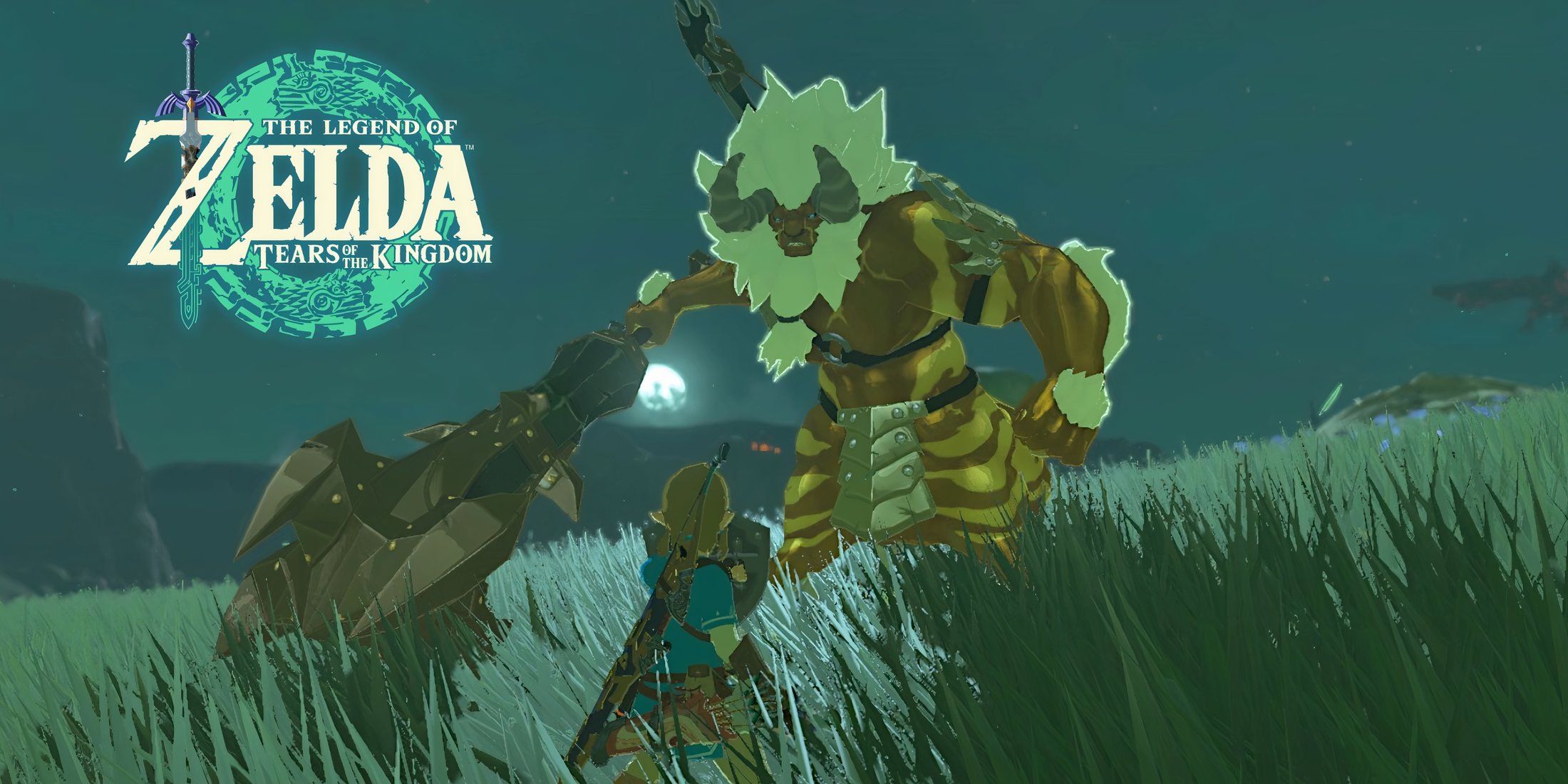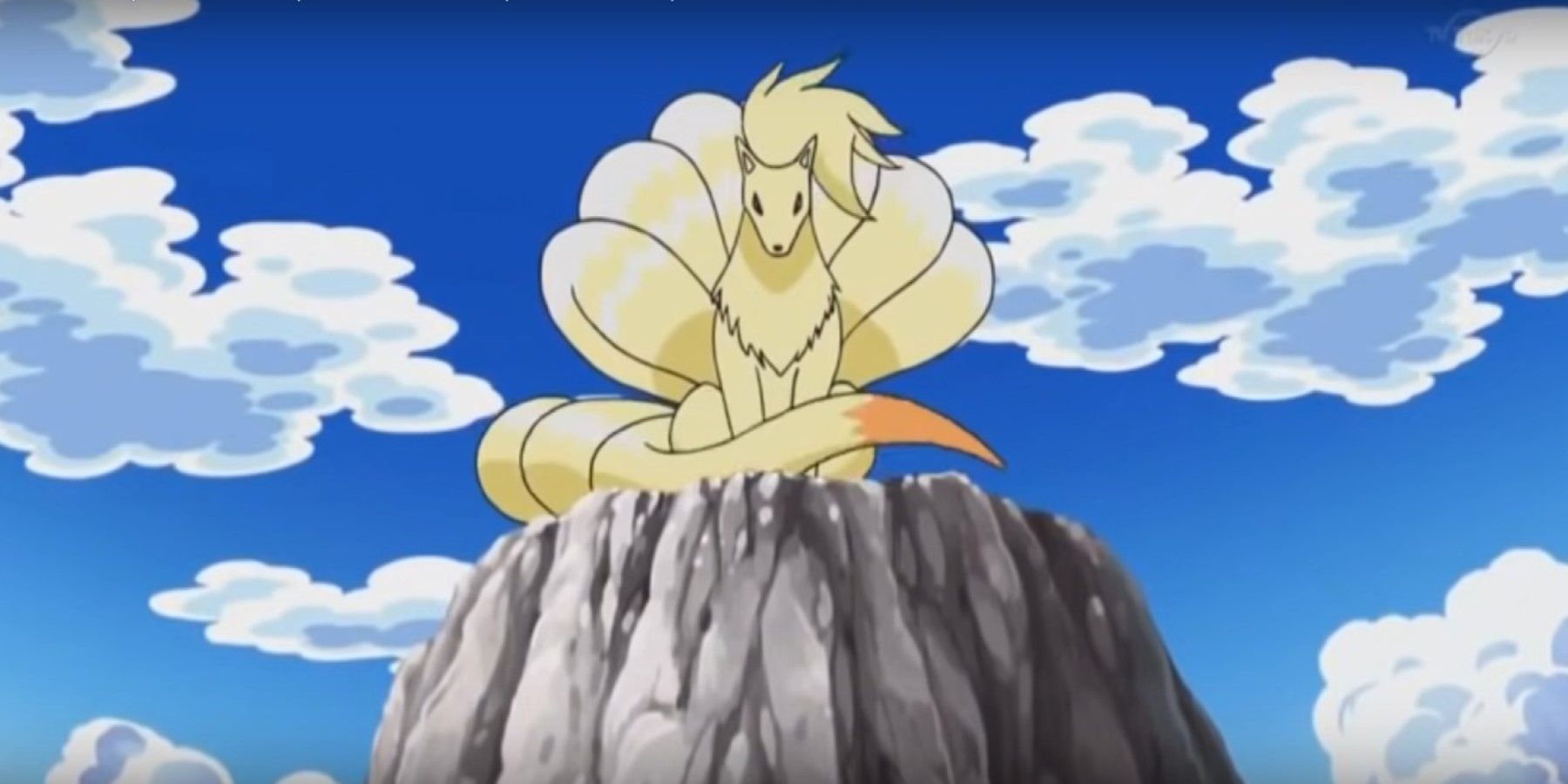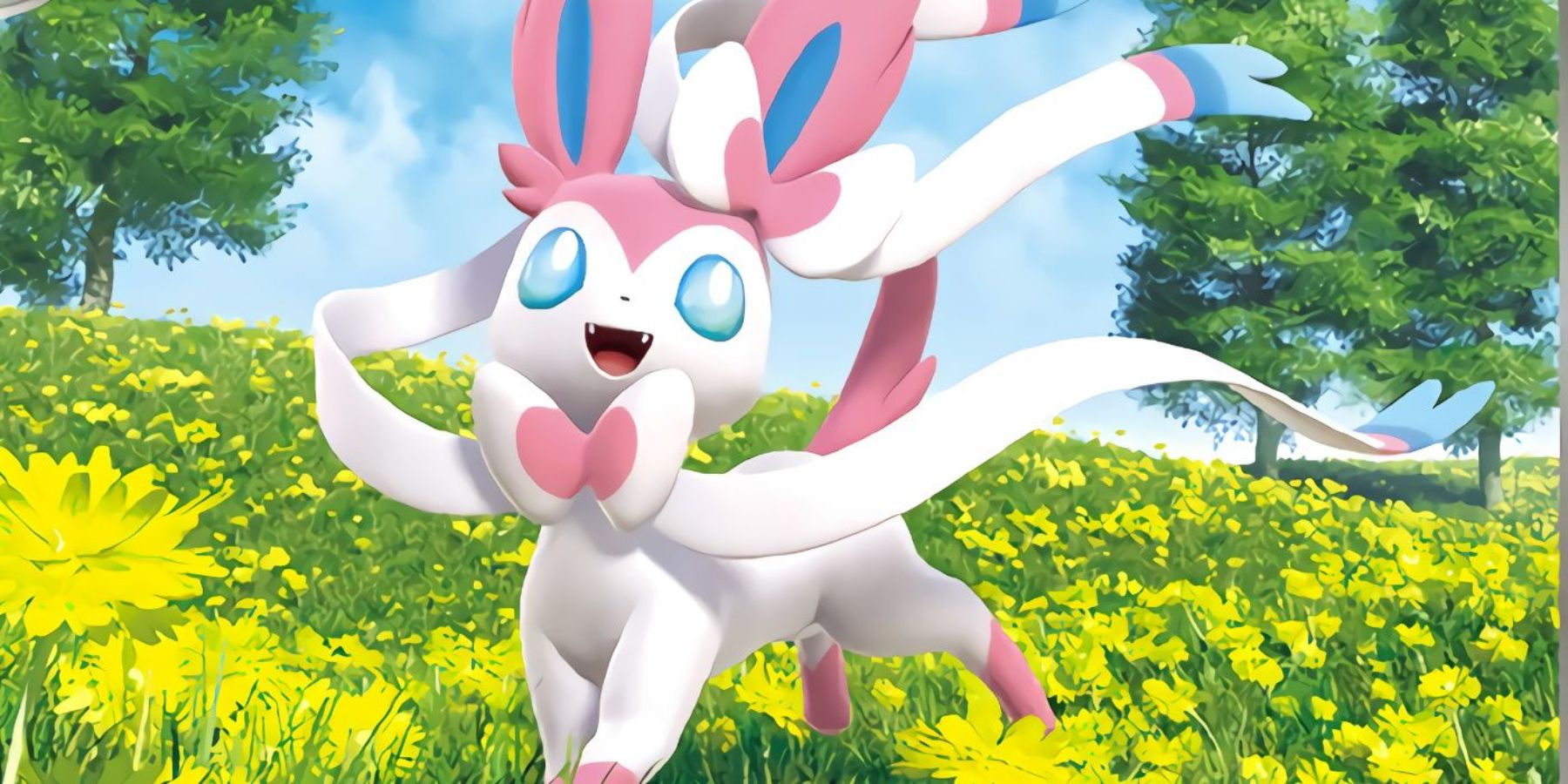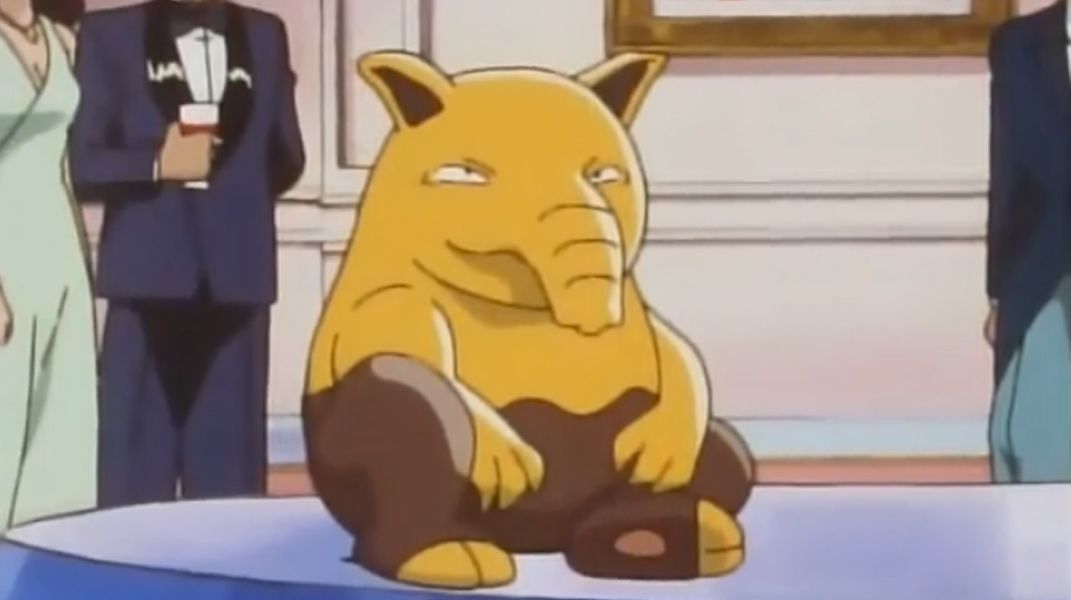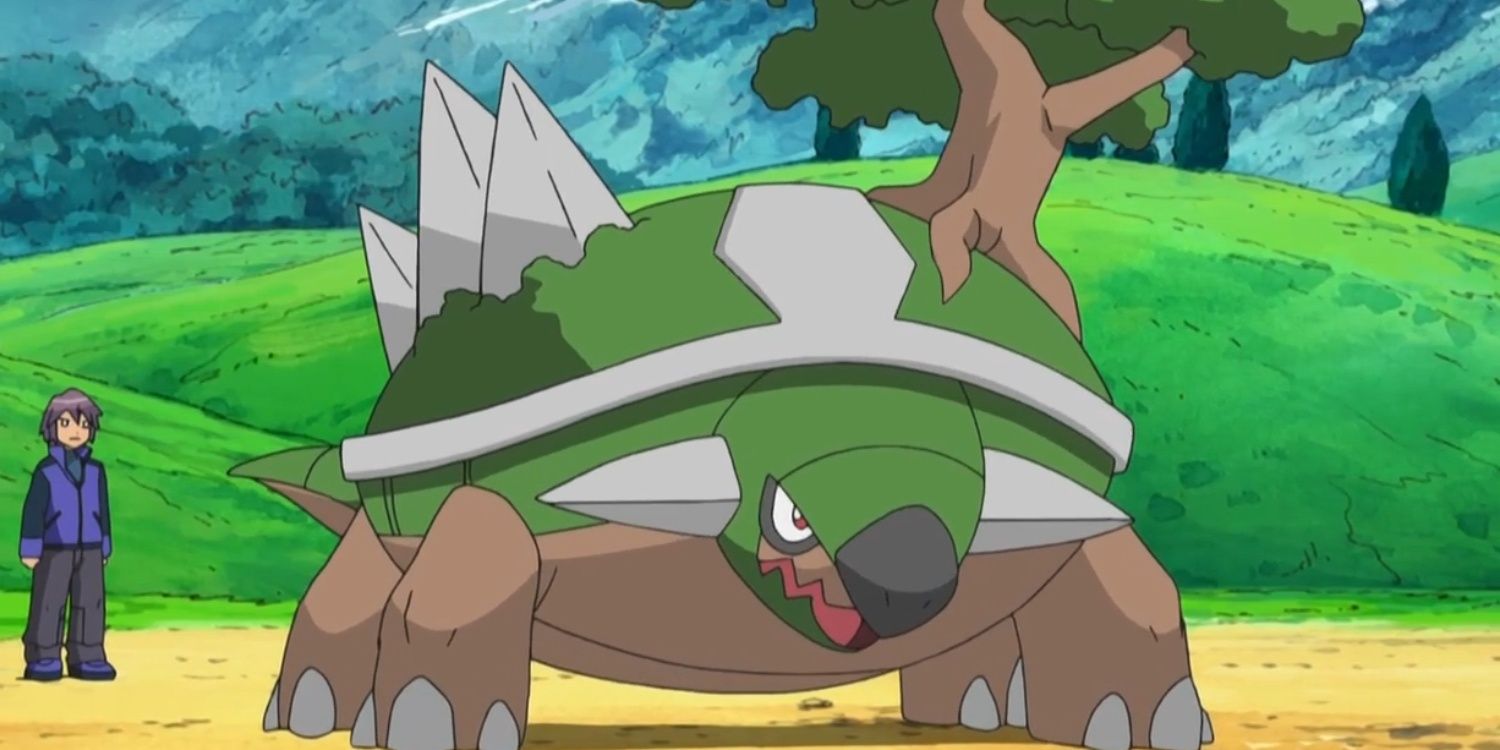The world of Pokemon draws from many inspirations. The creator of the series, Satoshi Tajiri, has revealed that Pokemon was inspired by his childhood insect-collecting hobby, and the games are meant to be a way for kids to experience that same joy in an urban area. Since the release of the first games in 1996, the series has expanded its range of influences and while Japanese myths and folktales are still a strong influence, elements from myths from around the world can be found in Pokemon games.
The designs and evolution lines of certain Pokemon may seem quite strange at first, but if one understands the myths behind them, they suddenly make a lot more sense. Similarly, a bit of knowledge of mythology and folktales can shed some light on why certain Pokemon types interact with each other the way they do. With over 900 Pokemon to catch, some of them will inevitably fail to click with certain gamers. However, understanding the myths and stories behind the Pokemon can kindle a newfound appreciation for even the most unlikeable critters.
The Dragon-Slaying Fairies
The Fairy-type was introduced in Pokemon's sixth generation, and it is there to add a bit of balance to the game. Before Pokemon X and Y, Dragon-type Pokemon easily dominated most battles because they had very few weaknesses and a very strong moveset. Although Pokemon's array of Dragon-types is impressive, it does become boring when players battle online and face dragons repeatedly.
With Fairy-type Pokemon, the playing field is evened a bit. Fairy-types are immune to Dragon-type attacks, and Dragon-type Pokemon are weak against Fairy-type attacks. With Fairy-types in the pictures, players can no longer bring a team full of Dragon-types and believe that they will have no problems. Fairy-types are not infallible, however, and they are weak against Steel-type and Poison-type attacks.
Fairy-type Pokemon, and their strengths and weaknesses, are better understood if one looks at the myths and the folklore that inspired them. In European folklore, iron is used to repel ghosts, witches, and fairies. This folk tale had led to superstitious habits, such as nailing a horseshoe to one's front door for good luck. Similarly, in Pokemon, Fairy-type Pokemon are weak against Steel-type Pokemon. Furthermore, in European folklore, fairies are typically aligned with good magic while dragons are aligned with dark magic. Hence, Fairy-type's immunity to Dragon-type attacks represents the triumph of good over evil.
Pokemon and Japanese Myths
There are quite a few Pokemon that are inspired by Japan's rich mythology, which is not unexpected considering the franchise's Japanese origins. The influence of Japanese mythology can be seen with Ninetales, one of the most elegant Pokemon.
The Pokemon evolves from Vulpix, and it has white fur and nine long tails. Ninetales is based on the kitsune of Japanese folklore. According to folktales, the kitsune are supernatural foxes that grow more tails the older they get, until they have nine tails. Similarly, a Vulpix has six tails but when it evolves into a Ninetales, it has nine. It is believed that kitsune can generate fire, which explains why Ninetales is a Fire-type Pokemon.
Drowzee is one of the strangest and creepiest Pokemon, mostly because, according to Pokedex entries, it eats the dreams of children. However, it does not like nightmares, and it will only feast on fun and happy dreams. Drowzee bears a lot of resemblance to the Baku of Japanese mythology. Like the Baku, Drowzee looks like a tapir. According to Japanese mythology, if a child is having a bad dream, they can call Baku, and it will come to eat the nightmare.
Another Pokemon with a strange design is Mawile, a Steel and Fairy-type Pokemon that was introduced in Gen 3. Mawile can be recognized by the big, black jaws that hang off the back of its head. Although Mawile might look cute at first, that jaw is deadly. It resembles Futakachi-Onna, a Japanese monster that looks like an ordinary woman from the front but has a second jaw on the back of her head.
Pokemon and Myths From Around the World
Pokemon does not keep its mythological influences in Japan, however. Hints of myths from around the world can be found in the designs of several Pokemon. Torterra, for instance, is a Pokemon that looks like a turtle that has an ecosystem growing on its shell. It shares similarities with the cosmic turtles of Hindu, Native American, and Chinese mythology, where they are depicted bearing the world on their backs.
Sigilyph is a Pokemon with one of the most interesting designs in the series. It is decorated with colorful Peruvian patterns, and it looks like a floating glyph. It resembles the Nazca Lines, which are large illustrations drawn in the desert. Some people believe that the geoglyphs were drawn by the Nazca people so that deities could see them from the sky. Sigilyph is a Psychic-type Pokemon which also gives it an aura of mystery.
Magikarp is a Pokemon that is famous for having one of the most dramatic improvements when it evolves. As a Magikarp, it is nothing but a flopping fish without any powerful moves. However, if trainers are willing to put in the effort needed to train it, Magikarp transforms into a powerful Gyarados that is an asset to any team. Magikarp's transformation story is based on the Chinese folktale of the Dragon's Gate. According to the story, if a carp can swim to the top of a legendary waterfall, it will transform into a mighty dragon.
Pokemon's range of influences is not just limited to folklore and myths. Throughout the years, the developers have found inspiration from animals, plants, and even everyday household items. Naming conventions also range from being dry puns to being genuinely clever creations that reveal the inspiration behind the Pokemon. While it is possible to enjoy Pokemon without getting lost in the finer details, understanding the backstory behind some of the most iconic Pokemon does open the way for a newfound appreciation of the Pokemon world.

